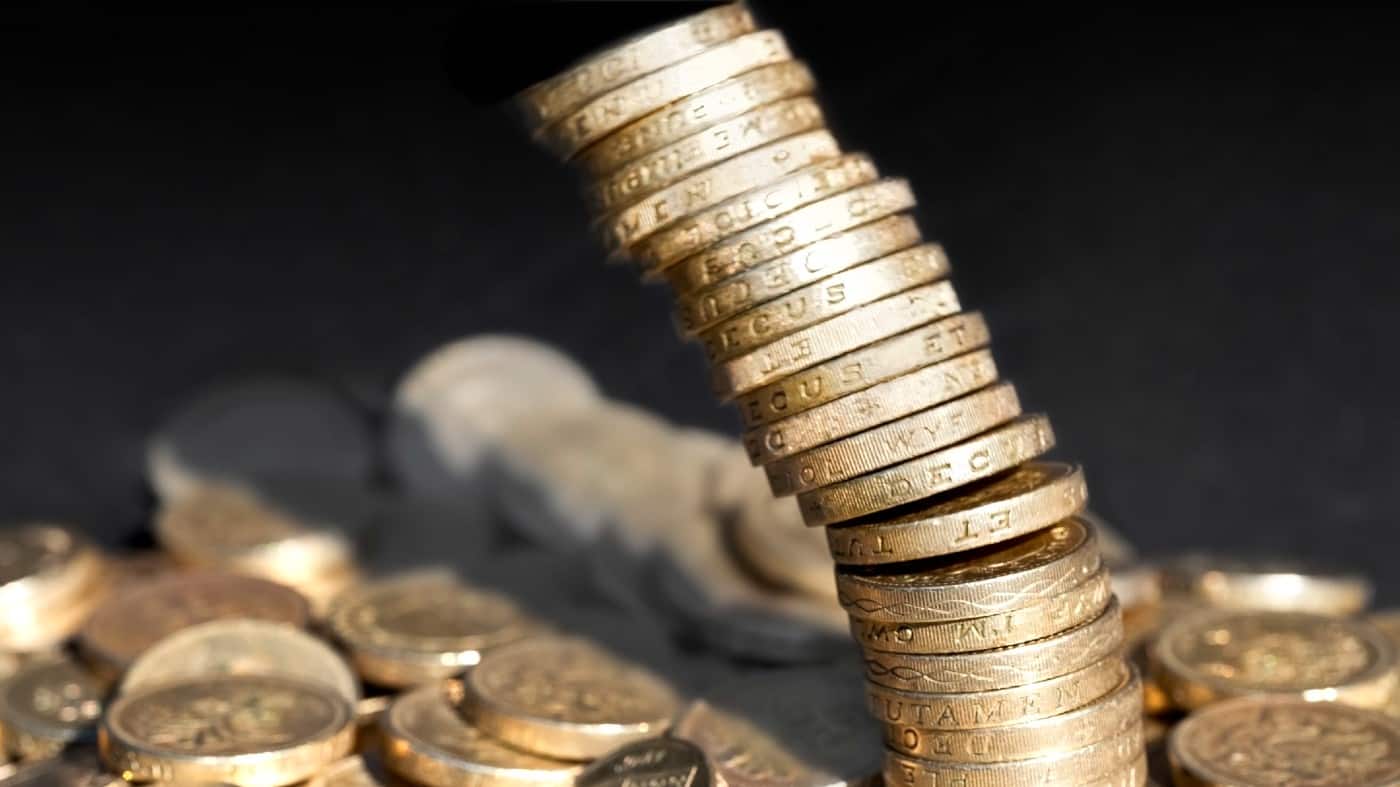Earning a second income is the holy grail of investing for many of us. And if that’s our goal, using the Stocks and Shares ISA might be the best way to go about it. The tax-efficient wrapper provides us with the opportunity to earn tax free-income. Here’s how I’d go about turning an empty ISA into a second income worth £78,523 a year.
Please note that tax treatment depends on the individual circumstances of each client and may be subject to change in future. The content in this article is provided for information purposes only. It is not intended to be, neither does it constitute, any form of tax advice. Readers are responsible for carrying out their own due diligence and for obtaining professional advice before making any investment decisions.
From humble beginnings
The Stocks and Shares ISA allows us to contribute up to £20,000 a year into our portfolio. But that’s a lot of money and, in reality, most of us don’t have that kind of cash lying around.
Passive income stocks: our picks
Do you like the idea of dividend income?
The prospect of investing in a company just once, then sitting back and watching as it potentially pays a dividend out over and over?
If you’re excited by the thought of regular passive income payments, as well as the potential for significant growth on your initial investment…
Then we think you’ll want to see this report inside Motley Fool Share Advisor — ‘5 Essential Stocks For Passive Income Seekers’.
What’s more, today we’re giving away one of these stock picks, absolutely free!
Instead, I can look to start with just small contributions, and it’s important to make these contributions regularly. Firstly, it’s a disciplined saving habit, but it also allows me to benefit more readily from pound-cost-averaging and the compounding of returns.
Just £200 a month, the equivalent of just £6.60 a day — cheaper than a pint at my local — could be enough to get me on the path to earning a significant second income in the long run.
Over the course of a year, that’s £2,400. Of course, that might not sound like much, but when invested over a long period of time, it can grow significantly.
However, first of all, I’ve got to open an ISA. My preference is for the Hargreaves Lansdown platform. It’s the UK’s number one investment platform and it’s very easy to use. But if I’m only investing smaller sums of cash, it may pay me to find a broker with lower fees.
Harnessing the power of exponential growth
One of the most impactful investment strategies is compound returns. This is the process of leaving my money invested for a long period of time and then earning interest on my interest.
Compound returns allow my investments to grow exponentially. As I earn returns on my initial investment, those returns are reinvested and start generating additional returns. Over time, this compounding effect accelerates the growth of my investments.
So how do I harness the power of exponential growth? I just keep reinvesting my returns. No strategy is a guaranteed winner, but compounding can magnify returns over time, enabling passive wealth generation.
I can hope to achieve anything up to 12% annualised growth as an investor on the FTSE 100. But a more realistic figure is between 8% and 10%. A dividend-heavy portfolio might deliver a little less, say 6-8%.
Here’s how big my second income could be by investing just £200 a month.
| 6% returns | 8% returns | 10% returns | 12% returns | |
| 5 years | £734.44 | £1,025.39 | £1,342.92 | £1,689.41 |
| 10 years | £1,827.89 | £2,703.30 | £3,758.25 | £5,029.22 |
| 20 years | £5,292.21 | £8,927.49 | £14,270.65 | £22,119.31 |
| 30 years | £11,595.18 | £22,742.95 | £42,728.13 | £78,523.20 |
I appreciate £78,523 in 30 years isn’t going to be worth what it is today. However, I suspect it’ll still be a sizeable income, and tax-free.
It’s also worth recognising that my £6.60 a day contribution will likely get easier over time. So I may well increase my contribution in line with inflation, or my salary development. This could also have a profound impact on my portfolio’s growth.








